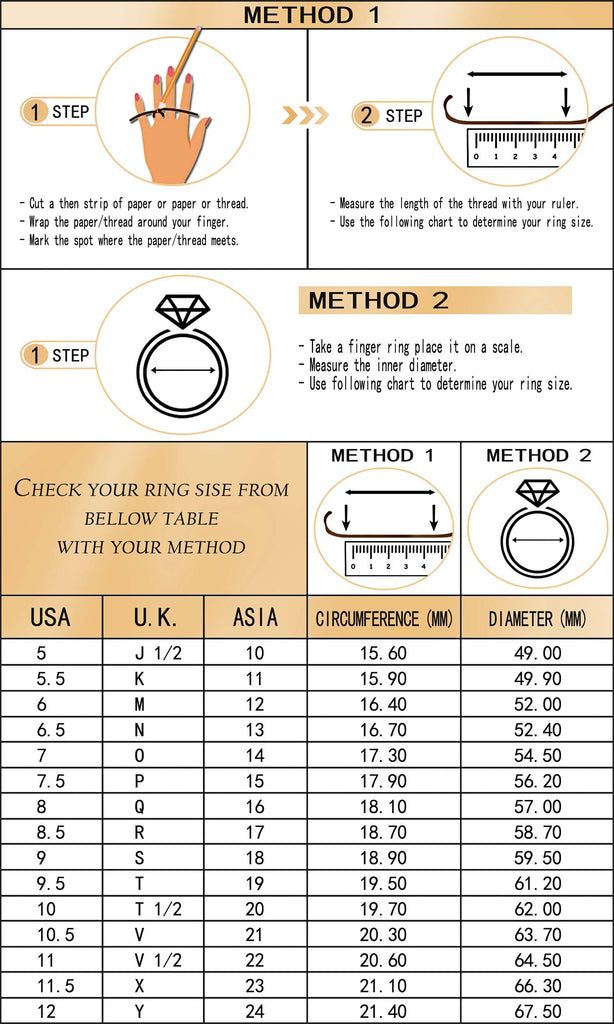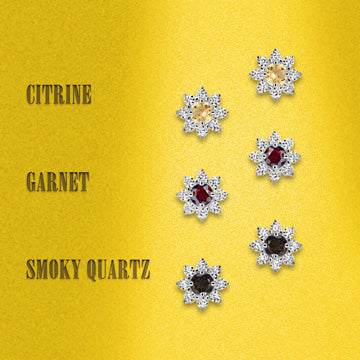The History of the Hope Diamond.
Diamonds are one of the most prominent physical representations of wealth and value you can find. Crafted through very long-term natural processes, they often appear in imagery associated with the wealthiest of the wealthy, frequently even signifying royalty.
Easily one of the most recognizable diamonds in the world is the Hope Diamond, estimated to be worth roughly a quarter of a billion dollars. On top of its incredible beauty, the Hope Diamond carries an illustrious history that contributes significantly to its great value.

Where Did It Originate?
Though most of the Hope Diamond’s notable history occurred in the past few centuries, its origins reach back over a billion years, when it was formed under immense pressure deep beneath the Earth’s crust. It was then borne to the surface by volcanic activity, where it remained for millions of years.
The history of the stone which was eventually named the Hope Diamond began when the French merchant traveler, Jean Baptiste Tavernier, purchased a 112 3/16-carat diamond. This diamond, which was most likely from the Kollur mine in Golconda, India, was somewhat triangular in shape and crudely cut. Its color was described by Tavernier as a "beautiful violet."

A Royal Heirloom
The first figure to acquire the diamond, purchasing it from Tavernier in 1668, was King Louis XIV of France. As an unbelievably wealthy and extravagant ruler, Louis had the diamond recut and made into one of his crown jewels.
Upon Louis’s death, the diamond passed to his son and grandson, finally settling on Louis XVI. This Louis, along with his wife, Marie Antoinette, were beheaded during the French Revolution. The subsequent looting of the royal treasuries caused the diamond to be lost for several years.
When it resurfaced again in 1812, it was in the hands of a diamond merchant in London named Daniel Eliason, who eventually sold it to yet another king — this time, King George IV of the United Kingdom.
A Family Name
Upon George’s death, the diamond was most likely sold to pay off debt incurred during his reign, and by 1839 it had made its way to well-known collector Henry Philip Hope, from whom it got its name.
After Hope’s death, the diamond passed to his nephew, Henry Thomas, and then to Henry Thomas’s grandson, Lord Francis Hope. When Lord Francis eventually sold it in 1901 to pay off his debts, it went through a series of jewel merchants. Lord Francis sold it to a local dealer in London, who sold it to Joseph Frankels in New York City, who sold it to Selim Habib, who sold it to C.H. Rosenau.

A Social Symbol
Rosenau finally sold the gem to Pierre Cartier, the acclaimed jeweler in Paris. Cartier had little interest in passing the diamond to another merchant, instead, turning his eye to the supply of wealthy American socialites. He found his ideal target in Evalyn Walsh McLean, the heiress to a multimillionaire who literally struck gold working as a miner.
McLean was fascinated with diamonds and other gems, so Cartier made every effort to sell her the Hope Diamond. After a few failed attempts, he succeeded in persuading her by leaving the diamond in her hands for a week, long enough for her to become attached to it. Then, following a frustratingly long process, McLean finally purchased the diamond in 1911 and maintained ownership of it for the rest of her life.
When McLean died in 1949, wealthy American jeweler Harry Winston purchased the diamond. After spending just under a decade putting the diamond on display around the country, he generously donated the stone to the Smithsonian Institute in 1958.
The diamond has the place of honor at the head of the gem collection. It rests on a small column that turns slowly to show the jewel in four directions. There's an eerily human aspect to this stately rotation, as if a wearer were showing off the gem, and viewers fall silent under its spell. It's one of the great Smithsonian experiences.
And it is the prelude to other unforgettable experiences that await a few steps away. In the past, when the Hope Diamond was kept at the end of the exhibition, visitors rushed to get to it, paying little attention to anything on the way. A wonderful thing has happened by putting it up front. Visitors see the diamond, and it gets them to wonder what's in the next room, and in the space beyond that. They seek out the other gems and the minerals so beautiful and strange they might have come from other galaxies rather than from our own earth.
Near the end of the display in the Hooker gallery there's a tiny vial of diamond crystals taken from a meteorite — diamonds from the heavens, part of the cosmic cloud that gave birth to our solar system. At one end of the exhibition then, the Hope Diamond, made miles below the earth's surface; at the other, the diamond dust of stars. An astonishing trajectory; an everyday marvel at the Smithsonian.


